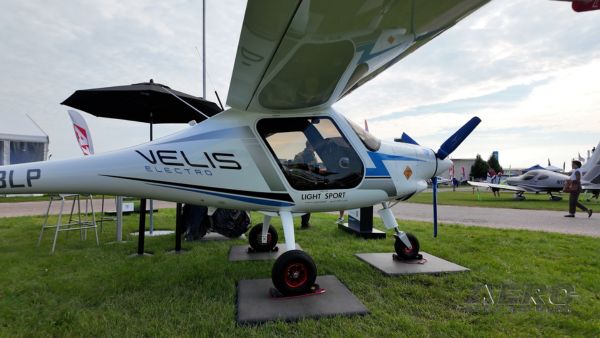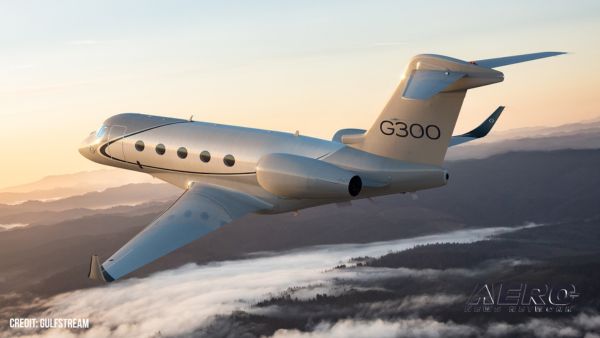Landmark Building Damaged by Hurricane Frances: "Could be
worse."
by ANN Senior Correspondent Kevin 'Hognose' O'Brien
A NASA landmark is
battered but still standing after Hurricane Frances threw her
blustery best at Kennedy Space Center (KSC) on Cape Canaveral, the
launch pad of the US manned spaceflight program and many other
American space ventures.
The historic Vehicle Assembly Building (VAB), the most visible
structure at KSC and once the largest (in enclosed volume) building
in the world, lost a large number of sheet-aluminium skin panels --
about 1,000. Each panel measures about four by ten feet. The panels
are not structural but if both exterior and interior panels blow
away, which in some cases they have, they expose the interior of
the building to the elements -- and Hurricane Ivan is barreling
towards Cuba and thereafter, perhaps, Florida.
In one area, a large number of panels ripped away, leaving a
hole of about 50 feet square. Elsewhere, dangling, damaged panels
will need to be secured or removed before damage assessment in
depth, and repair, can begin. CNN reported that two external tanks
that are inside the building are believed to be OK. NASA also moved
a number of ground vehicles and equipment into the VAB.
The 525-foot tall VAB is a historic landmark; it was originally
built in 1963-65 to provide an enclosed building in which the
mighty Saturn V four-stage boosters of the Apollo moon program
could be assembled. Prior to the construction of the VAB, large
multistage rockets were assembled out-of-doors and were at the
mercy of the elements. In the optimistic sixties, the VAB was
designed so that it could assemble four Saturn V moon rockets at
once! It is three and a half miles from Launch Complex 39 -- the
distance originally designed to keep the VAB safe if a Saturn V
blew up. (None ever did). Over the years, 15+ Apollo-Saturn rockets
and 80 Space Shuttles were assembled in the VAB and launched from
Launch Complex 39.
Another facility, which makes the thermal tiles and blankets
that protect the Space Shuttle orbiters from the otherworldly heat
of re-entry, also took a beating. Its roof was "partially torn off,
and there is significant wall damage," NASA reported. Whether there
is damage to equipment inside, and what effect the facility damage
will have on KSC's current number one priority, the Space Shuttle
Return to Flight, is unknown.
Considering the violence of the hurricane, which assaulted the
seaside launch site with 70-knot winds, things could have been a
lot worse. "Our initial feeling is we dodged a real bullet,"
Kennedy Space Center Director Jim Kennedy said, in a statement for
the press. "Even though this was the worst storm ever to hit KSC, I
feel very fortunate." While the VAB took a beating, and the damage
to the tile and blanket facility is severe, careful preparation may
have prevented far more serious problems.
Certainly the most welcome news to Kennedy was this: none of the
facility's workers reported any injury.
Not all the hardware news is bad, either. Spacecraft on hand,
including the three Space Shuttle Orbiters (Atlantis, Discovery and
Endeavour) and International Space Station hardware and modules,
all survived undamaged, according to NASA's initial reports.
Kennedy told CNN that two of the three Orbiter Processing
Facilities, where the shuttles rode out the storm, are powered up
again; only OPF 3 (with Discovery) lags.
A more detailed survey is ongoing. All spacecraft had been
lifted off the ground to defend against flooding; the orbiters had
their landing gear raised and their cargo doors closed, and were
then powered down. Indeed, by the time Frances struck, the whole
base had powered down as a precautionary measure, and nonessential
personnel had been sent home.
KSC remains closed Tuesday while damage assessment crews do
their work. Workers needed for emergency management or recovery
will be called in.
There is a certain irony in NASA being victimized by a
hurricane. Most weather forecasters, TV weathermen, and even the
storm-obsessed internet reporter Matt Drudge frequently rely on
satellite photos and data that just wouldn't exist without the
efforts of NASA. Weather satellites, in particular, have made the
black art of hurricane prediction and warning considerably more
accurate in recent years. NASA might have lost some parts off of
some of its structures, but perhaps it deserves some credit as
well: for early warning of Frances and for the mercifully low death
toll.
 NTSB Final Report: Dehavilland DHC-2 MK 1
NTSB Final Report: Dehavilland DHC-2 MK 1 Aero-News: Quote of the Day (10.29.25)
Aero-News: Quote of the Day (10.29.25) ANN's Daily Aero-Linx (10.29.25)
ANN's Daily Aero-Linx (10.29.25) ANN's Daily Aero-Term (10.30.25): Minimum Friction Level
ANN's Daily Aero-Term (10.30.25): Minimum Friction Level ANN's Daily Aero-Linx (10.30.25)
ANN's Daily Aero-Linx (10.30.25)


